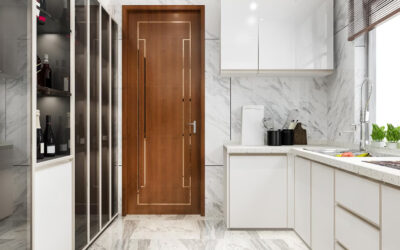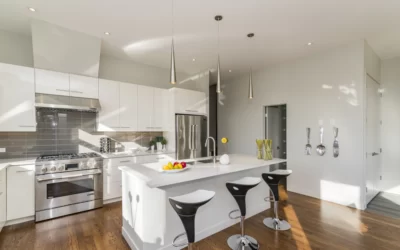5 elements in Landscape Design that makes for a Grand Living
Landscape service providers such as Homes4India produce aesthetically pleasing buildings that live up to our clients’ expectations.
The Design team at Homes4India takes care of each discipline of architecture to make sure that their design has a distinct and unique flavor that reflects the persona of the owner.
Landscape design is one of the main aspects of a building project and has the power to impart an aesthetic value to the immediate environment of a structure. Town planners have always used landscapes to add warmth and grandeur to buildings and they also use them to enhance the attractions of a city or section of a town.
Landscape design involves five fundamental elements. These are the main building blocks that make up landscape architecture, and lay the foundation for the elements. The elements act together as interactions to create the big picture. Homes4India, breaks landscape design down into five fundamental principles to get you started.
#1 Colour
In our day-to-day lives, colour is an essential element and landscaping is very complex. A person or designer likes a certain shade of colour. Warm colors like reds, oranges, and yellows move towards the viewer, while cool tones of violets, blues, and greens are in the background. Cool colors have an impact on the eye faster than warm colors.
#2 Line
You can either say the lines are actual or implied. Eye flow and movement are related to lines. They can either be horizontal or vertical. The height of the shrubs, trees, or groundcover species in the arrangement creates the lines that are created vertically. The plan of the landscape influences the creation of horizontal lines. The arrangement and sequence in the garden are dictated by the lines that are used to design the landscape.
#3 Form
The form is very similar to the line. The line is formed with the outline of the plant material in a design, whereas the form is more detailed in comparison. The object is referred to as the landscape’s form. Form is used when placing objects according to their habit like linear, upright, spreading, etc. Plants have the ability to change their appearance depending on how they are grouped or planted.
#4 Scale
The scale is about the area’s relative weight on it’s scale. The size of any object compared to its surroundings is called scale. It is a relative thing and it depends on the feelings, “does this look right?” Scales and proportions are to be seen in a context.
The objects in the landscape should have a sense of their size and the groups in which they are a part.
#5 Texture
The texture is important in landscape design. Every object plays a part in the overall look of the design, such as the coarseness of a leaf or bark, or the heaviness of the foliage. The texture of plants varies between twigs, leaves, bark, branches, and even flowers. Adding contrast to the area adds interest and plays an important role.
In conclusion, the goal of using the landscape elements is to make your home appear larger than it really is. This will help visitors appreciate your home and landscape together. If you take a look at your current landscape, you will see if it makes the most of your land’s potential. In the landscape, various colour, scales, line, form, and texture are used to create visual attraction.
If you would like to learn more about how Homes4India designs some of the aesthetically pleasing landscapes in India for their projects in Mumbai, Thane, Navi Mumbai and across Indian cities , please contact our team.
Further Reading
How to make your room great for a grand living ?
How to Choose the Best House Layout for Your Family
7 Things to Know before Hiring a Good Interior Designer




